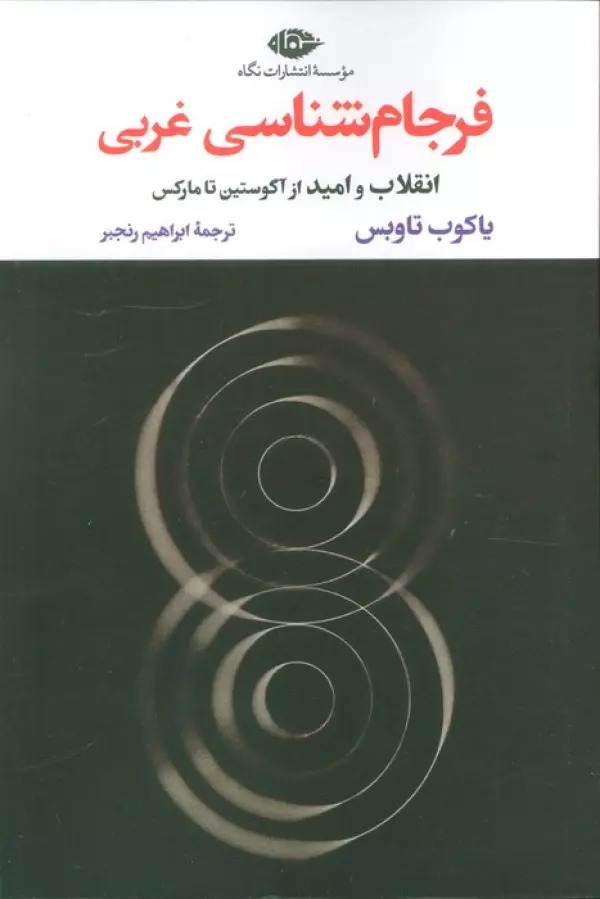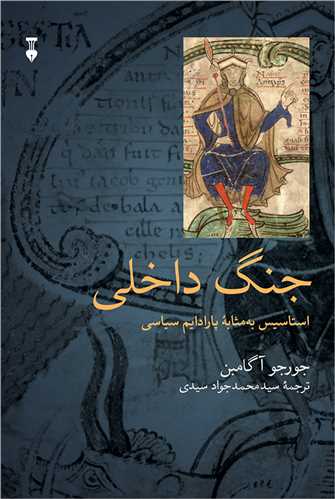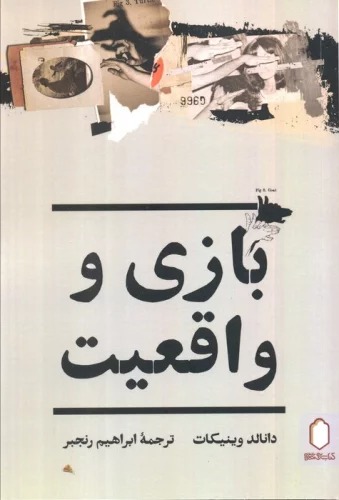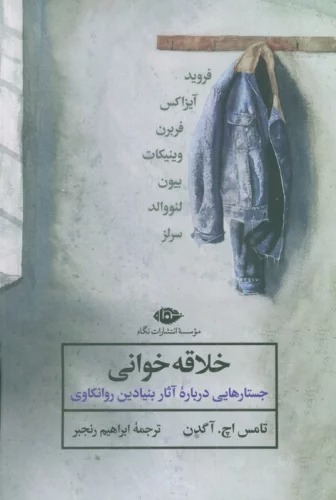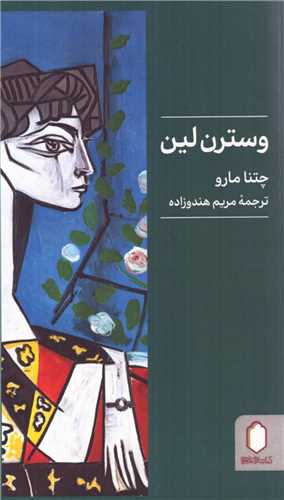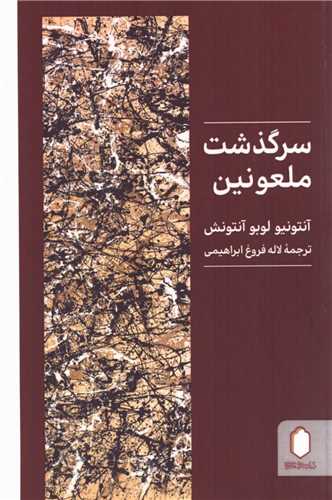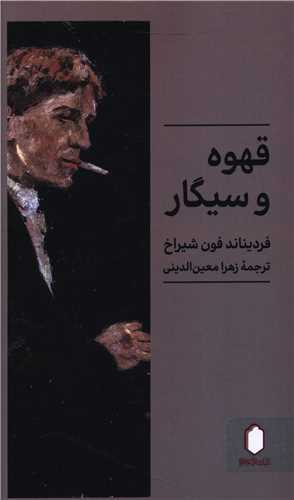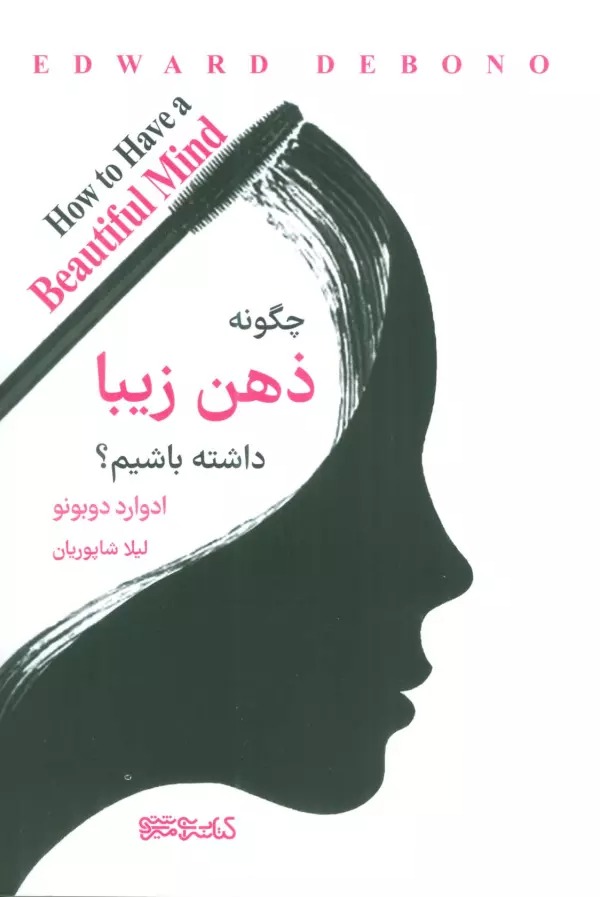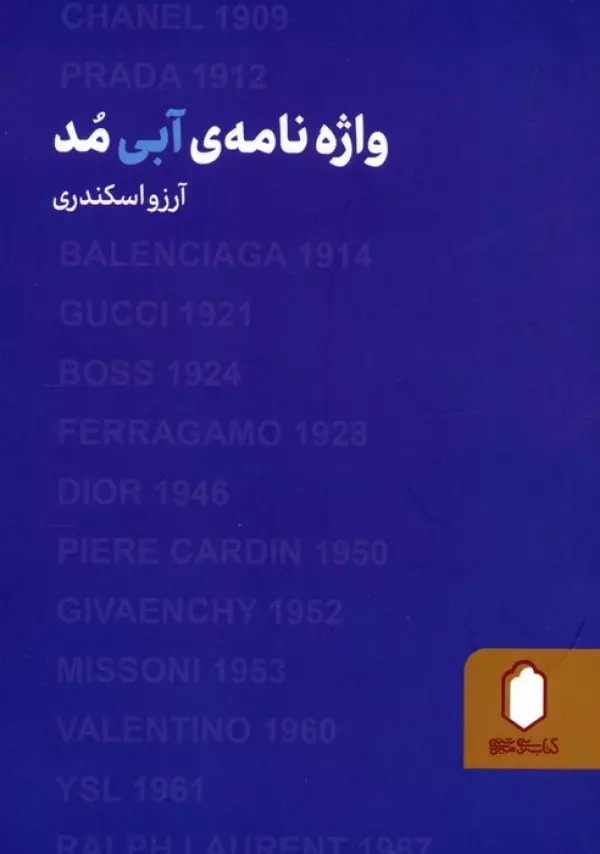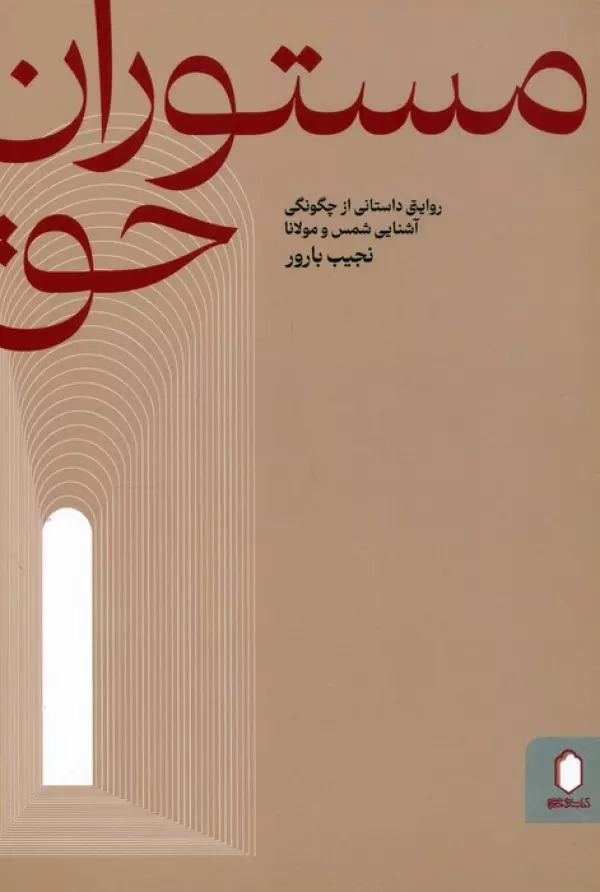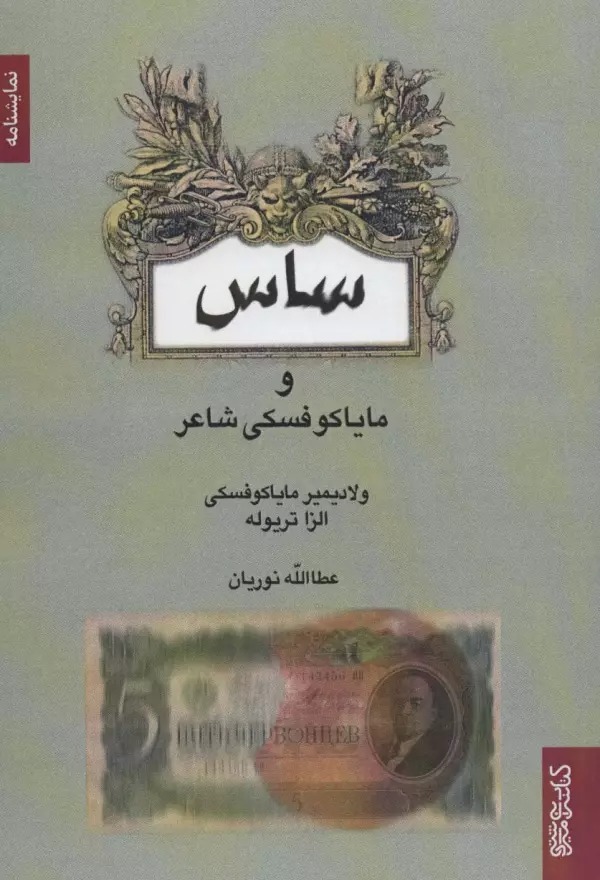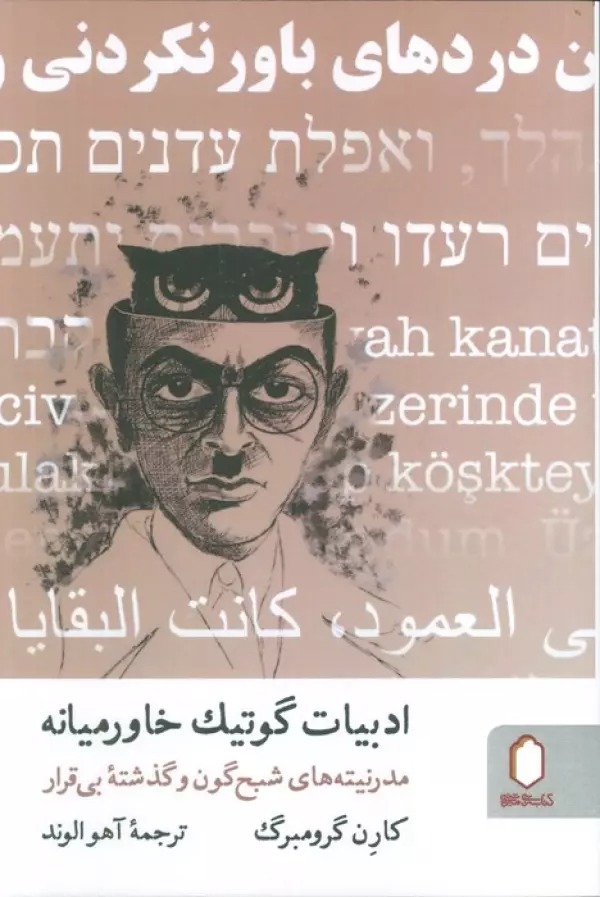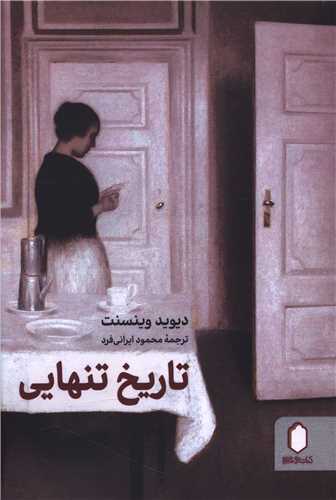Ḥujrah: Persian 1403
حجره
10.39 £
Share
Wishlist
Original Title:
Studiolo
ISBN:
9786227546644
Translator:
Ibrāhīm Ranjbar
Publisher:
Farhangsara-yi Mirdashti
Age Group:
Adult
Pages:
168
Weight:
146 g
Dimensions:
14 x 21 x 1.5 cm
Book Cover:
Paperback
In Renaissance palaces, the studiolo was a small room to which the prince withdrew to meditate or read, surrounded by paintings he particularly loved. This book is a kind of studio for its author, Giorgio Agamben, as he turns his philosophical lens on the world of Western art.
Studiolo is a fascinating take on a selection of artworks created over millennia; some are easily identifiable, others rarer. Though they were produced over an arc of time stretching from 5000 BCE to the present, only now have they achieved their true legibility. Agamben contends that we must understand that the images bequeathed by the past are addressed to us, here and now; otherwise, our historical awareness is broken. Notwithstanding the attention to detail and the critical precautions that characterize the author’s method—they provoke us with a force, even violence, that we cannot escape. When we understand why Dostoevsky feared losing his faith before Holbein’s Body of the Dead Christ, when Chardin’s Still Life with Hare is suddenly revealed to our gaze as a crucifixion or Twombly’s sculpture shows that beauty must ultimately fall, the artwork is torn from its museological context and restored to its almost prehistoric emergence. These artworks are beautifully reproduced in color throughout Agamben’s short but significant addition to his scholarly oeuvre in English translation.
more
کتاب حجره گوشۀ پنهان ذهن جورجو آگامبن است؛ او با نگارش این کتاب پنجرهای رو به پستوی ذهن خود گشوده و ما را به نشستن در چارچوب آن دعوت میکند؛ کتاب حجره از فصلهایی کوتاه تشکیل شده است و هر فصل آن به بررسی یک نقاشی اختصاص داده شده است. آگامبن در هر فصل یکی از نقاشهایی را که دوست داشته در خلوتخانهاش آویخته باشد، برمیگزیند و سپس از منظری فلسفی به تأمل و تعمق در آن میپردازد. فصلهای این کتاب هریک چنان نوشته شده است که گویی نرمنرمک به کنار آگامبن میرویم تا زمزمههای او را بشنویم و از افکار او دربارۀ هریک از نقاشیهای این کتاب آگاه شویم. کتاب حجره گوشۀ دنجی است برای به خلوت رفتن و تجربۀ شهودی آمیخته به سحر نقاشی و غنای فلسفه.
از آنجا که حجره اول از همه جایی است برای خیره نگریستن، پس بنمایههای نقادانهای که قرار است آستان نگاه ما را از هر مانعی بزدایند، در پارهای از فقرات ما را به تعلیقه و شرح میطلبند. اشتغال ناگزیر ما به تعلیقهنویسی از این واقعیت نشئتگرفته که این قِسم آثار، سوای جایگاهشان در تاریخ هنر، کدرهایی کلاسیک قلمداد میشوند و قرار بر این است که آموزه یا نظری از آنها بربگیریم، حال خواه شاگردان مکتبی آنها چشمان یا ذهن خواننده باشند
more



